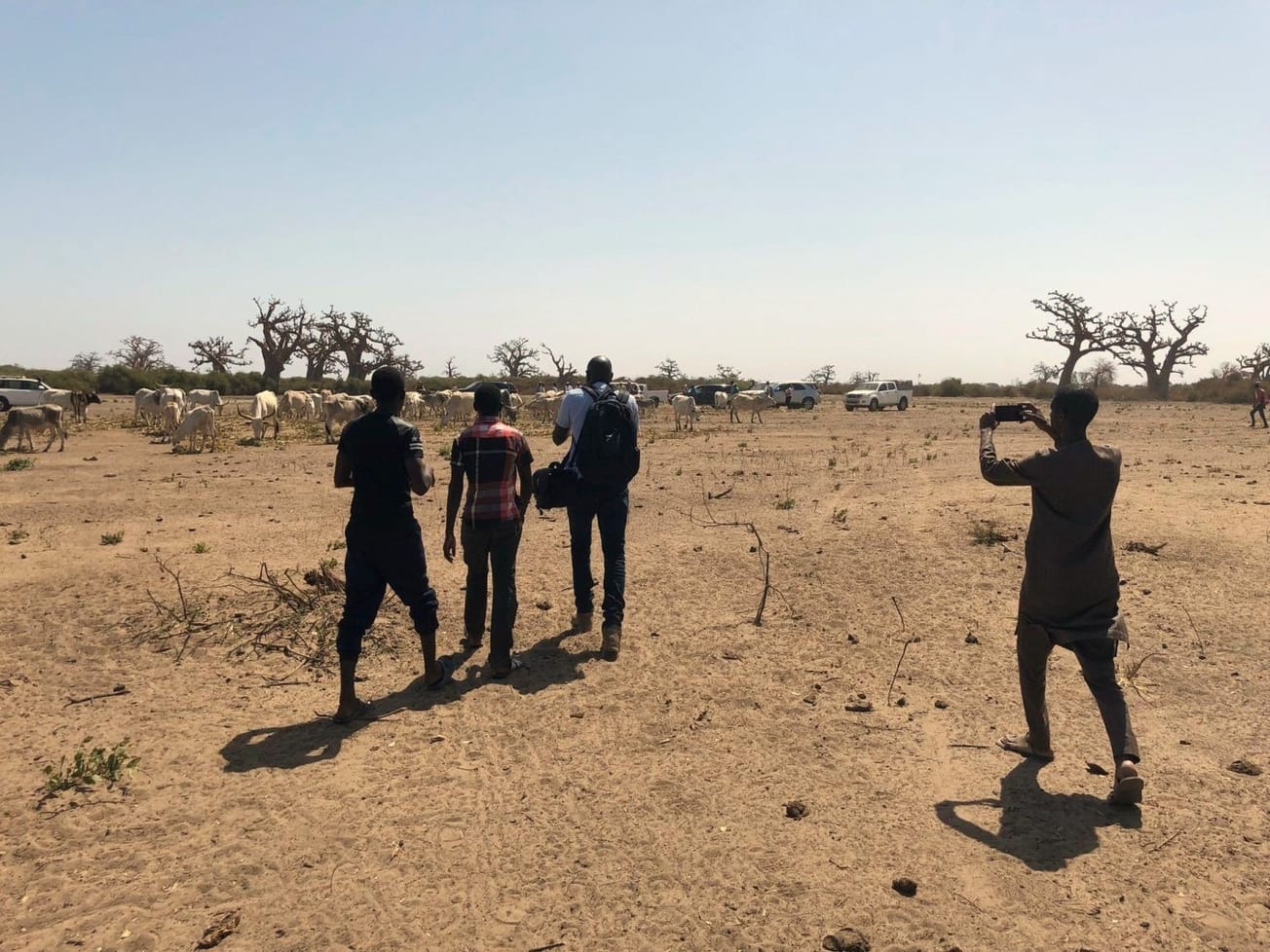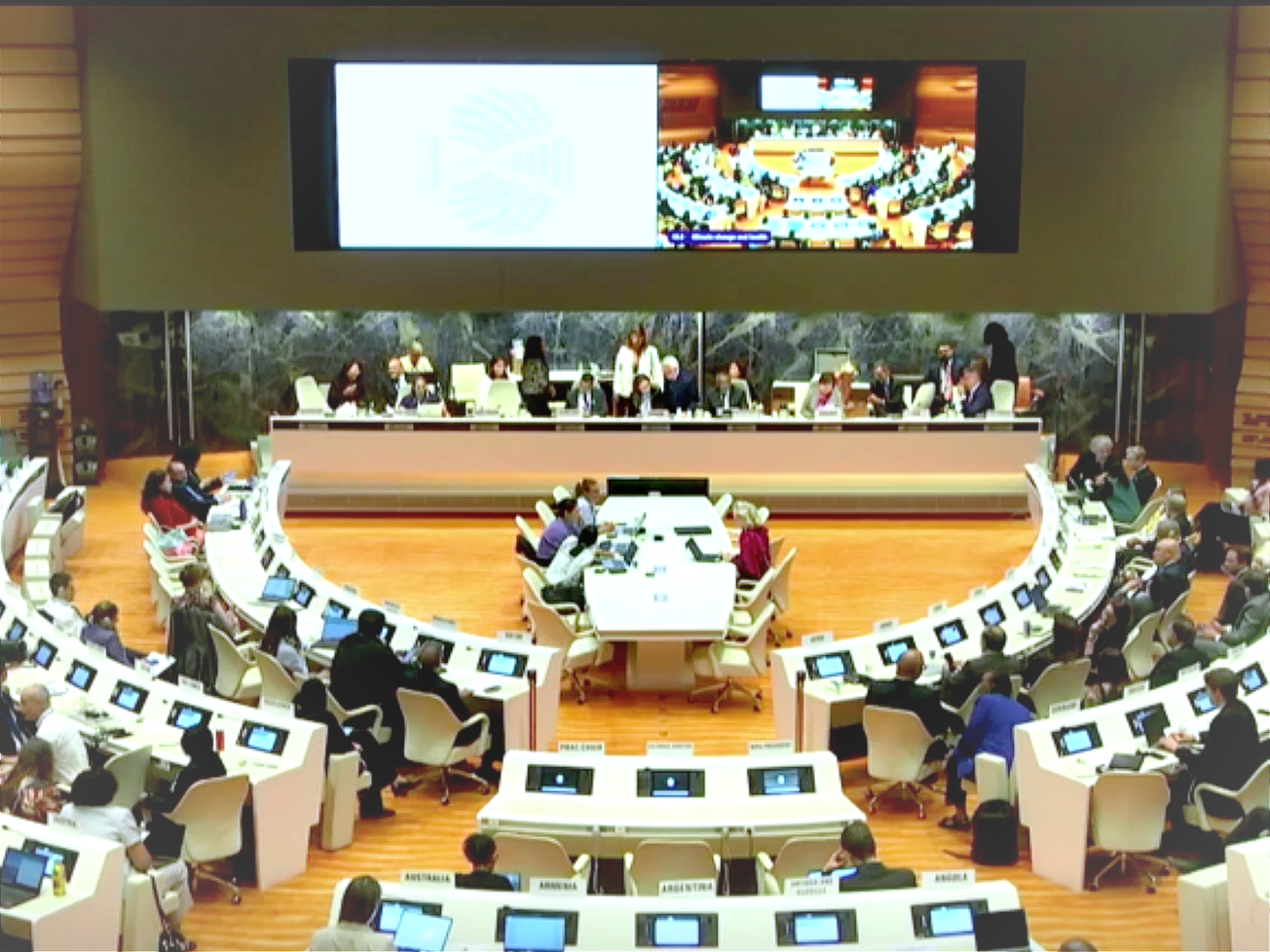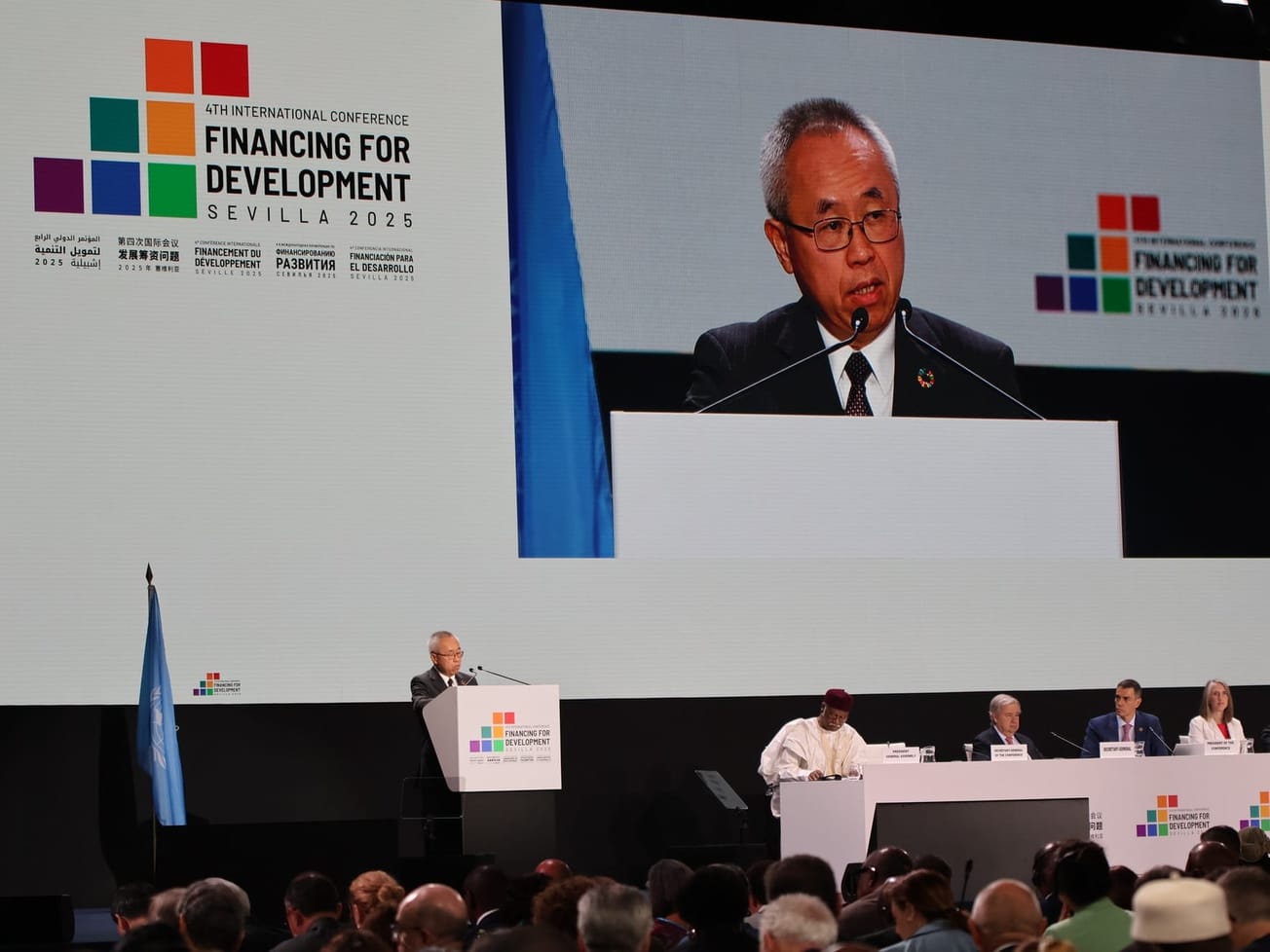WASHINGTON (AN) — A nuclear technique developed with the support of two United Nations agencies successfully suppressed the disease-carrying tsetse fly in Senegal without harming other insects, the U.N.'s nuclear watchdog agency said.
The results of an eight-year study of the tsetse fly in Senegal, published in Nature's Scientific Reports, is part of a project to help the West Africa nation eradicate tsetse in Niayes, a 1,000 square-kilometer fertile valley near the capital Dakar.









